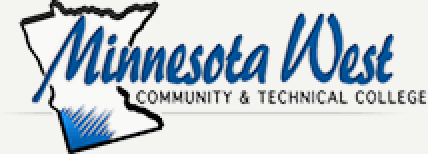MATH 2206 Ordinary Differential Equations
MATH 2206: Ordinary Differential Equations
Description
Ordinary Differential Equations presents the theory, computations and applications of first and second order ordinary differential equations and two-dimensional systems.
Credits
4
Prerequisite
MATH 1122
Corequisite
None
Topics to be Covered
1. First Order Differential Equations
• Differential Equations and Mathematical Models
• Integrals and general and particular solutions
• Slope Fields and Solution Curves
• Separable Equations and Applications
• Linear First-Order Equations
• Substitution Methods and Exact Equations
• Existence and Uniqueness Theorem
2. Mathematical Models and Numerical Methods
• Population Models
• Equilibrium Solutions and Stability
• Acceleration-Velocity Models
• Euler’s Method
• Runge-Kutta Method
3. Linear Equations of Higher Order
• Second Order Linear Equations
• General Solutions of Linear Equations
• Homogeneous Equations with Constant
• Coefficients
• Mechanical Vibrations
• Nonhomogeneous Equations and Undetermined Coefficients
• Endpoint Problems and Eigenvalues
• Applications in Forced Oscillations and/or Electrical Circuits
3. Systems of Differential Equations
• First-Order systems and Applications
• Method of Elimination
• Numerical Methods for Systems
4. Linear Systems of Differential Equations
• Matrices and Linear Systems
• Eigenvalue Method for Homogeneous Systems
• Set of Solution Curves for Linear Systems
5. Nonlinear Systems and Applications
• Stability and Phase Planes
• Predator – Prey Application
• Nonlinear Mechanical Systems
• Chaos in Dynamical Systems
6. Laplace Transform Methods
• Laplace Transforms and Inverse Transforms
• Transformation and Initial/Boundary Value Problems
• Translation and Partial Fractions
Learning Outcomes
1. Recognize and work with first and second-orders linear and nonlinear DE.
2. Model real-life situations using first-order differential equations.
3. Find numerical solutions of ordinary Differential Equations including Euler’s Method.
4. Recognize and work with higher-order differential Equations.
5. Model real-life situations using higher-order differential equations.
6. Solve problems using the Laplace Transform.
7. Apply series solutions of linear differential equations.
8. Express a dynamical system as a mathematical model.
9. Use direction fields to illustrate solutions of differential equations.
10. Solve systems of differential equations.
11. Apply Existence and Uniqueness Theorem.
12. Solve boundary/initial value problems.
Credit Details
Lecture: 4
Lab: 0
OJT: 0
MnTC Goal Area(s): None
Transfer Pathway Competencies
1. Recognize and work with first and second-orders linear and nonlinear DE
2. Model real-life situations using first-order differential equation.
3. Find numerical solutions of ordinary differential equations including Euler’s Method
4. Recognize and work with higher-order differential equations
5. Model real-life situations using higher-order differential equations
6. Solve problems using the Laplace Transform
7. Apply series solutions of linear differential equations
8. Express a dynamical system as a mathematical model
9. Use direction fields to illustrate solutions of differential equations
10. Solve systems of differential equations
11. Apply Existence and Uniqueness Theorem
12. Solve boundary/initial value problems
